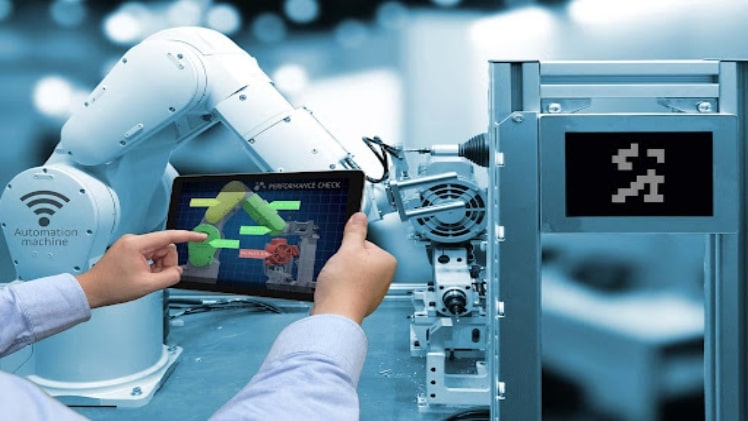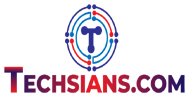The popularity of IoT has forced business persons to pay better attention to their activities in order to make products that are smart and connected. The benefits of IoT include better monitoring of products performance and better delegation of some stages of production. Such products bring more revenue and let the company gain a competitive edge.
In this article we are going to talk about how to incorporate IoT in your operations to make a smart and connected product. But before you proceed, why don’t you take a look at these short but information packed articles about outsourcing your software in the Pandemic and top programming languages for cloud enterprise development.
IoT and Maturity Levels
The maturity level of your smart and connected products can vary but that will depend on its abilities. The four levels of maturity are: control, monitoring, autonomy and optimization. The IoT architecture in place should be able to support this.
You company can start by launching a product with lower maturity level, see its performance and then further expand it. You can observe how the product is used and then identify the function which is missing. That’s why it is necessary for your present IoT architecture to be flexible so that you can easily jump levels.
Monitoring
This is the first maturity level. Monitoring allows you to look deep into the operation of the connected products, spot deviation from the norms and alert the system about it. A smart and connected product will make it possible for you to quietly monitor the state of the equipment, make a report about it, observe conditions of the production flow and steer clear of the effects of external environment.
Monitoring lets you know how your smart product is used and gives you a hint about which functionality you can add to it to improve it.
Control
You can control smart products with algorithms or with remote commands. In automated control both of these options are also required. Control applications may fail to perform their operations. Switching to manual control will help save your assets in emergency cases.
A smart and connected product will be required to be integrated into the local system so that it can perform its functions well. The control over smart product is divided among the vendor and customer. That’s why it is important to define all the peculiarities in the SLA (service level agreement).
Optimization
Control and monitoring opens doors for new opportunities for you to optimize the production process. You can use the data coming from sensors to spot discrepancies between the real and the expected performance of the product. This will help unveil inefficiencies in the whole process.
Autonomy
The above three levels of maturity combined help develop a product which can act with little to no human interruption. But it is not complete autonomy, since these products need to be connected with other products and systems that are in use by customers. It is still a big step towards a situation where a whole factory can function on its own and adapt to customers’ preferences.
Important Elements of IoT Architecture
The following are the elements of a scalable architecture of IoT:
- Gateway and cloud gateway
- Streaming data processor and control applications
- Data lake and warehouse
- Models, machine learning, data analytics, user business logic
- Web and mobile apps

Final Words
Smart products that are well connected have the ability to take the operations of your company to another level. But for that to happen your IoT system should be built on a sturdy architecture. It should be flexible and be capable of responding to security challenges. You can use the potential of IoT to the fullest by starting slow and then gradually upgrading to high maturity levels.

